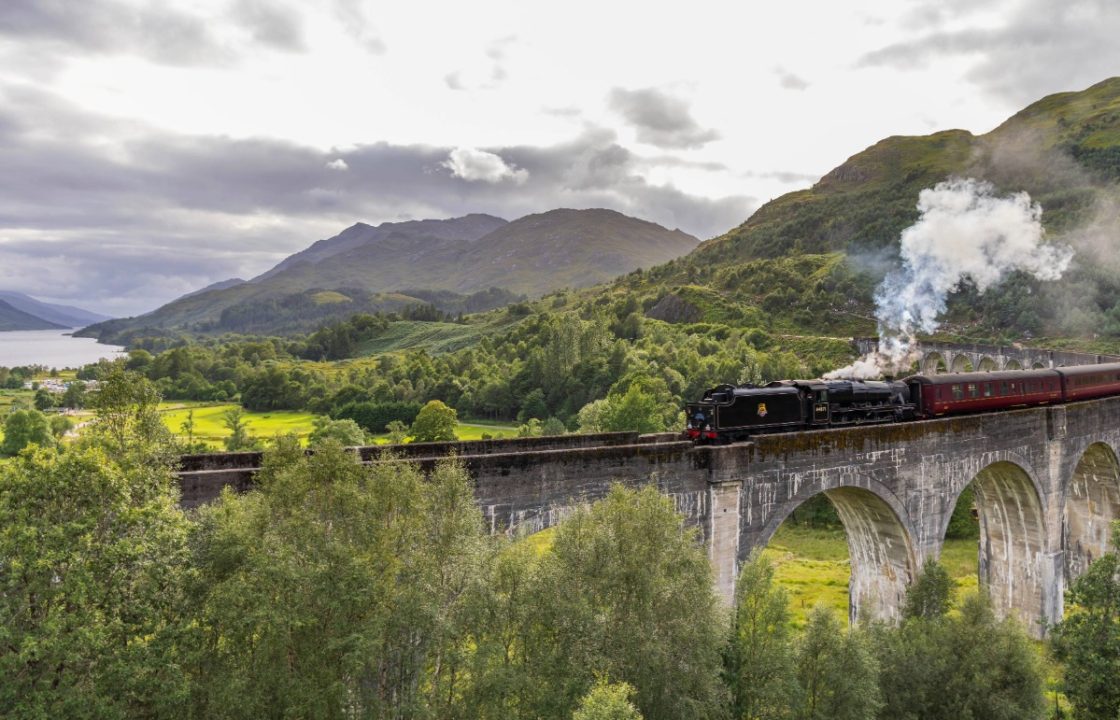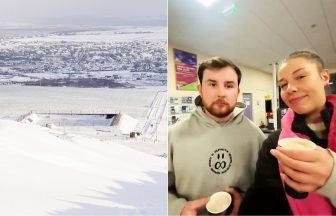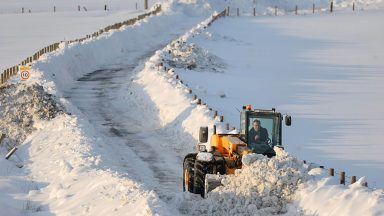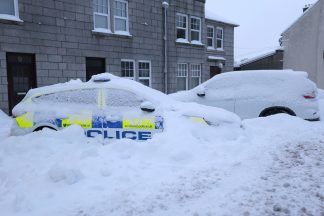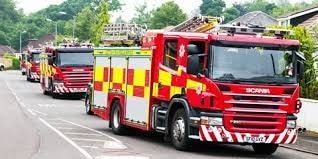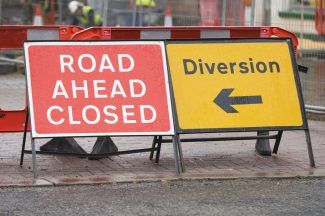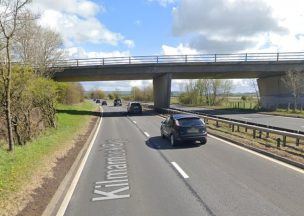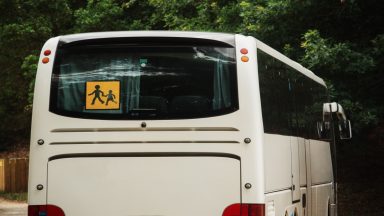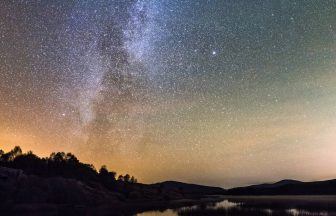Key Points
-
 Scotland’s booming tourism industry, worth billions and employing a quarter of a million people, is putting pressure on local infrastructure
Scotland’s booming tourism industry, worth billions and employing a quarter of a million people, is putting pressure on local infrastructure -
 The Glenfinnan Viaduct has seen visitor numbers triple since the Harry Potter films, causing overcrowding and illegal parking
The Glenfinnan Viaduct has seen visitor numbers triple since the Harry Potter films, causing overcrowding and illegal parking -
 Residents along the North Coast 500 report rising traffic, strain on roads, and challenges from overtourism
Residents along the North Coast 500 report rising traffic, strain on roads, and challenges from overtourism -
 Local campaigners highlight environmental and housing pressures, including illegal dumping and a surge in short-term rentals
Local campaigners highlight environmental and housing pressures, including illegal dumping and a surge in short-term rentals -
 Scotland’s ten-year strategy now focuses on sustainable tourism, prioritising value over volume to balance economic benefits with community impact
Scotland’s ten-year strategy now focuses on sustainable tourism, prioritising value over volume to balance economic benefits with community impact
Scotland’s multi-billion-pound tourism industry is facing growing challenges as some areas struggle to cope with surging visitor numbers.
While the rise in tourists brings extra revenue for businesses, residents in popular destinations are experiencing overcrowding, illegal parking and strains on local infrastructure.
One of the most visible examples is at the Glenfinnan Viaduct, where hundreds gather four times a day to see the “Hogwarts Express”.
Since the release of the Harry Potter films, visitor numbers in the area have more than tripled, creating major pressure on parking and local roads. Overflowing car parks have led to some drivers illegally leaving their vehicles on verges.
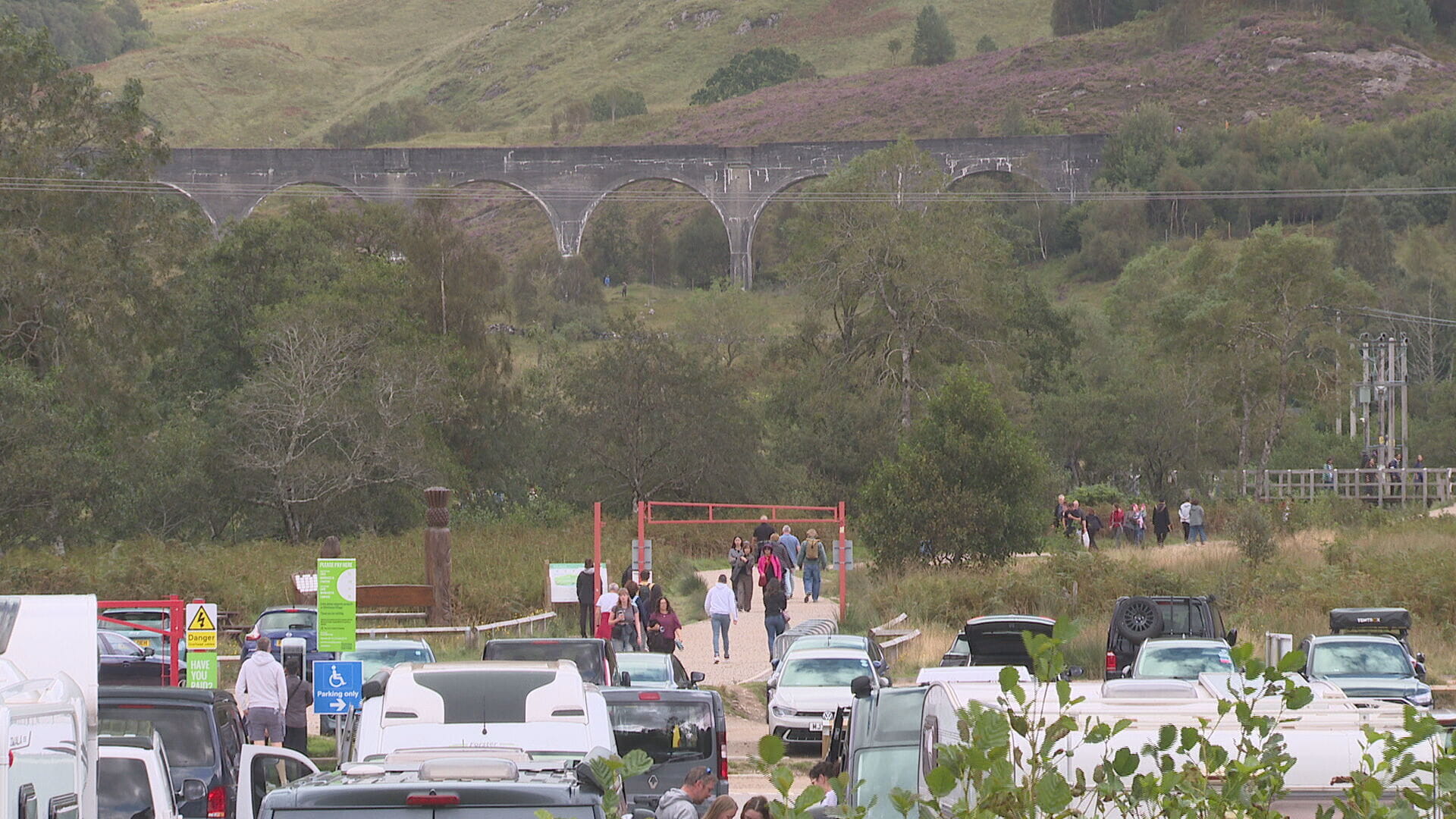 STV News
STV NewsMany view the crowds as a classic case of overtourism, but others see it simply as a busy period in the calendar.
For locals, the challenge is balancing tourism with daily life.
Emily Bryce from the National Trust for Scotland said: “We can’t turn the clock back so what we need to do is ensure that we are working together on solutions to minimise the impact that visitors have on the local community and giving everyone a really good experience of Glenfinnan.
 STV News
STV News“We are doing that by developing additional infrastructure and by encouraging people to come here by public transport.”
Ten years after its launch, the North Coast 500 route generates millions of pounds for local businesses. But rising traffic is putting a strain on winding roads and limited infrastructure, and testing the patience of residents along the route.
Robin Pettigrew, who has lived in Lochcarron for more than 20 years, is campaigning for a review of current outdoor access laws.
He told STV News: “I’ve had vehicles emptying their chemical toilets in our drains there in front of the houses. This is human faeces being dumped in a freshwater drain.
“There is no relation to the vehicle camping, so there needs to be a fully nuanced discussion on bringing that up to the way that tourism is developing now.”*
Visitor numbers are also putting pressure on housing, with a surge in short-term rentals.
In Applecross, Judith Fish has run the Applecross Inn for 37 years.
She said: “We don’t get the foreign staff any more and if we do we have to provide accommodation which is at great cost.
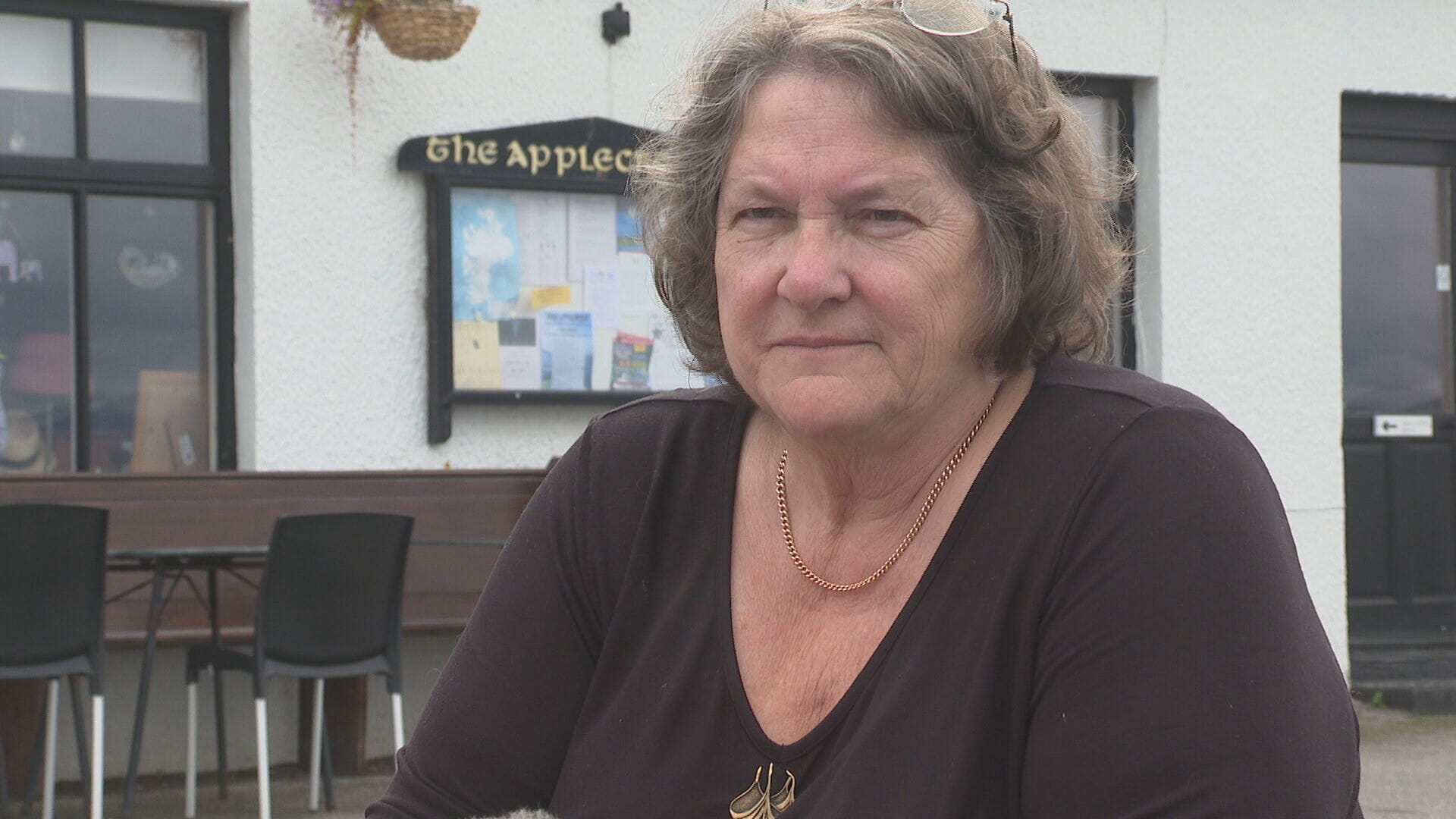 STV News
STV News“Applecross is 50% second homes and holiday homes now, and the majority of the residents are over 60, over 70, and retired.
“More bins, more people looking after the roads, more people looking after the toilets and the rubbish, but there aren’t enough staff for anywhere, so we are in trouble.”
Scotland is now at the midpoint of a ten-year strategy to deliver sustainable and responsible tourism, with a focus on value rather than volume.
The ongoing challenge for communities across the country is striking a fine balance between the benefits and drawbacks of rising visitor numbers.
Follow STV News on WhatsApp
Scan the QR code on your mobile device for all the latest news from around the country


